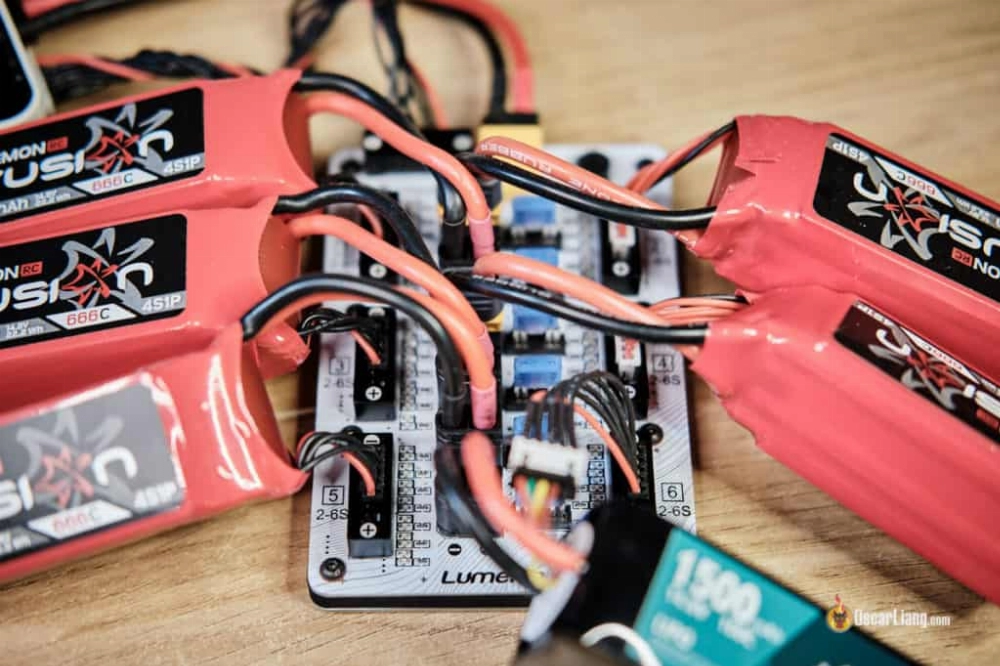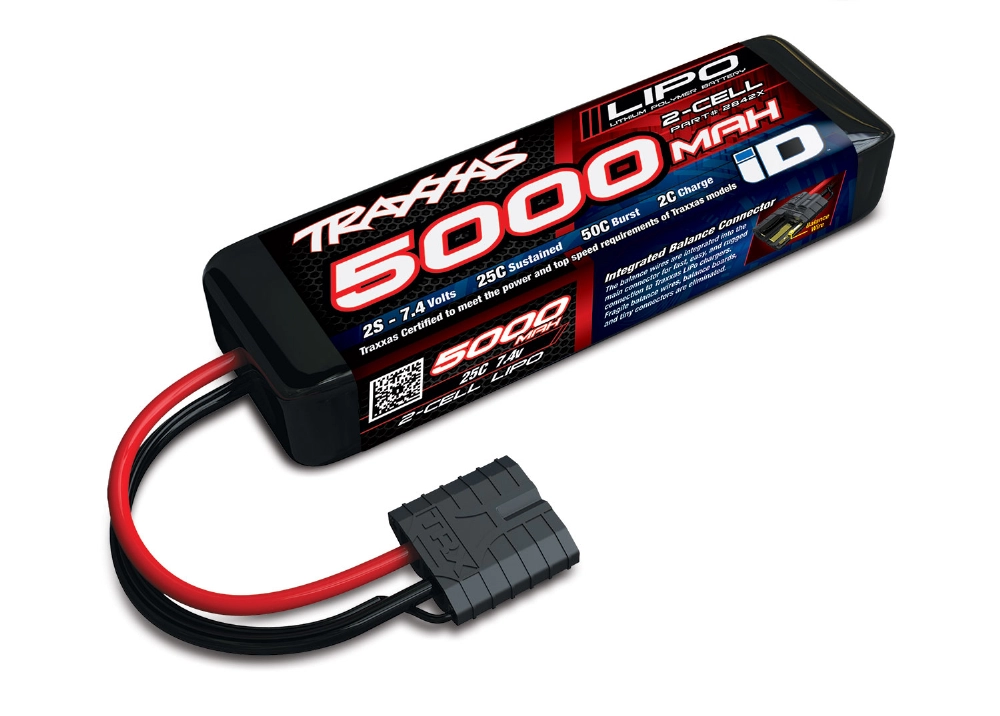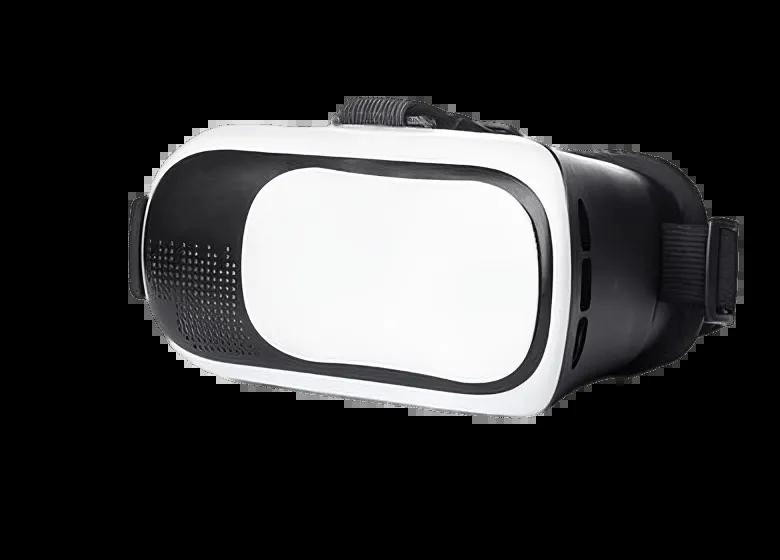If you’re interested in electronics or battery-powered devices, chances are you’ve heard the term “3C battery.” But what does it actually mean, and why is it important? Let’s break it down.
The term “3C” in the battery world refers to two distinct concepts: 3C battery types and C-rate (discharge rate). Understanding both is key to making informed choices about battery performance, efficiency, and application.
In this guide, we’ll explore these two meanings in detail, diving into what these batteries are, how they work, and where they’re commonly used. Let’s get started!
Part 1: What is a 3C Battery?
3C as a Battery Type
In one sense, a “3C battery” refers to a specific type of battery used in electronic devices. These batteries are typically lithium-based and designed to provide efficient power for small to medium-sized electronics. They are valued for their ability to deliver consistent performance, making them ideal for a wide range of gadgets.
3C as a Discharge Rate
The other meaning of “3C” relates to C-rate, which refers to the discharge rate of a battery. The C-rate is a crucial factor that determines how quickly a battery can discharge its stored energy. For example, a discharge rate of 3C means that the battery can discharge at a rate at three times its rated capacity in one hour. This makes C-rate an important consideration when selecting a battery for a specific application, especially in high-power usage scenarios.
What Does the C Stand for in Batteries?
Both interpretations of 3C are important because they help you determine the best battery for your needs, whether for electronics or high-demand applications. By understanding these terms, you can make more informed decisions about the best battery for your devices.
Part 2: Types of 3C Batteries
3C batteries come in various chemical compositions, each designed for different needs and applications. Here’s a breakdown of the most common types:
Lithium-Ion (Li-ion) Batteries
Lithium-ion batteries are among the most commonly used types for 3C applications. Known for their high energy density, long lifespan, and relatively lightweight design, they are widely used in devices like smartphones, laptops, and even electric vehicles. Lithium-ion batteries maintain a stable voltage throughout their discharge cycle, ensuring reliable power output.
Lithium-Polymer (LiPo) Batteries
LiPo batteries are similar to Li-ion batteries but use a gelled electrolyte instead of a liquid. This design flexibility allows LiPo batteries to be customized to fit specific shapes, which is ideal for devices like drones, RC cars, and wearable devices. While they share many of the advantages of Li-ion batteries, their unique construction makes them better suited for certain applications where flexible battery forms are needed.
Nickel-Metal Hydride (NiMH) Batteries
While not as prevalent as lithium batteries in high-drain devices, NiMH batteries still have their place in some electronics. They offer a good balance between capacity and cost. They are often bulkier than lithium alternatives but are a more affordable option for lower-power devices.
Each of these battery types is designed to suit specific requirements, from portable consumer electronics to industrial-grade applications. Understanding the differences between them will help you choose the right 3C battery for your needs.
Part 3: Applications of 3C Electronic Batteries
3C batteries are versatile and find applications in various industries. Here are some of the most common uses:
Consumer Electronics
3C batteries are commonly found in smartphones, laptops, tablets, and digital cameras. Their ability to provide reliable power in a compact form factor makes them ideal for these portable electronics.
Power Tools
High-drain power tools, such as drills, saws, and sanders, often use 3C batteries.
Electric Vehicles (EVs)
Lithium-based 3C batteries are commonly used in electric vehicles such as e-bikes and e-scooters. Their ability to discharge power quickly allows EVs to travel longer distances and charge faster, making them well-suited for this growing industry.
Drones and RC Cars
Another area where 3C batteries excel is in drones and RC cars. These batteries provide the high power needed for rapid movement and extended flight times, making them an indispensable tool for hobbyists and professionals in this field.
By understanding the role of 3C batteries in these applications, you can make more informed decisions about your battery choices, whether you’re powering the latest gadget or a high-demand device. KHZH is dedicated to providing you with the best insights into battery technology, helping you stay informed. For more information on battery technology, check out our Complete Guide to Lithium Batteries.
Understanding C-Rate Batteries: What Does C-Rate Really Mean?
Part 4. C-Rate Battery Types: Decoding the Meaning of C-Rate
Regarding C-rate batteries, the “C” represents the battery’s discharge rate. But what does this mean from a practical perspective?
For example, if a battery has a capacity of 1,000mAh (milliampere-hours), a 1C discharge rate means it can deliver 1,000mA (1A) for one hour. A 3C discharge rate means the battery can deliver 3,000mA (3A) for one hour, thus releasing energy faster.
The Importance of C-Rate
A higher C-rate means the battery can discharge faster. This is crucial for high-performance applications that require sudden bursts of power, such as power tools, drones, and electric vehicles. However, high C-rate batteries often have a shorter lifespan due to the increased stress during use.
Common C-Rate Categories:
- 1C: Standard discharge rate, suitable for low-power devices and general electronics.
- 3C-5C: Designed for high-power devices like drones, power tools, and remote-controlled vehicles.
- 10C and Higher Batteries: Used in high-performance applications like racing drones, industrial machinery, and electric sports cars.
Choosing the right C-rate is essential for maximizing performance, lifespan, and efficiency.
Part 5. Why is C-Rate Crucial for Battery Performance?
C-rate is more than just a specification; it directly impacts battery performance. Higher C-rates allow batteries to deliver more power faster, but there are trade-offs.
Battery Efficiency
Higher C-rates allow batteries to perform optimally under demanding conditions. However, if the device doesn’t require high power output, a lower C-rate battery will provide a longer and more stable lifespan.
Thermal Management
As the C-rate increases, so does the heat generated. Effective thermal management is crucial to prevent overheating, which is why high C-rate batteries often require cooling systems or advanced thermal regulation.
Part 6. Is a Higher C-Rate Always Better?
A higher C-rate isn’t always better, and here’s why:
Advantages of High C-Rate:
- Delivers power quickly, making it ideal for high-performance devices like drones and power tools.
- Suitable for applications that need rapid bursts of energy.
Disadvantages of High C-Rate:
- Shorter battery lifespan due to increased stress.
- Generates more heat, which can lead to damage or reduced efficiency if not properly managed.
- Typically more expensive than lower C-rate alternatives.
The key is to choose a battery with a C-rate that matches your specific needs. If your device doesn’t require sudden high power output, a lower C-rate battery can offer better longevity and cost-effectiveness.
Part 7. KHZH Batteries: High-Rate Solutions for All Needs
If you’re looking for high-performance batteries, KHZH offers a variety of high-rate lithium battery solutions. As a leading manufacturer, KHZH specializes in lithium-ion and LiFePO4 batteries designed for a range of demanding applications.
KHZH provides customizable options in terms of size, voltage, and capacity to meet your specific requirements. These batteries are designed for reliability and performance, ensuring stable power output even under extreme conditions.
Part 8. Conclusion
Understanding C-rate batteries can be crucial when selecting the right power source for your devices. Whether it’s consumer electronics, power tools, or high-performance vehicles, C-rate batteries are a mainstay of modern technology. By understanding the different C-rate classifications, assessing power needs, and selecting the right battery, you can optimize performance and longevity.
By following best practices, you can significantly improve the performance, efficiency, and lifespan of your devices.
Related Tags:
KHZH
Electronic Engineering Writer
More Articles:
Lipo Battery Storage Voltage Explained Simply
The storage voltage of LiPo batteries plays a crucial role in extending their lifespan. Maintaining batteries within the range of 3.7V–3.85V per cell ensures ions are maintained in optimal condition, reducing degradation.
Decoding Lithium Battery Costs: Pricing Factors
The cost of lithium batteries affects a wide range of industries. This comprehensive price analysis delves into the factors influencing price fluctuations, trends, and the future outlook of the lithium battery market.
Liquid Metal Battery vs Lithium Battery: A Comparative Analysis
When choosing between liquid metal batteries and lithium batteries, it’s essential to compare their capabilities, applications, advantages, disadvantages, costs, and future prospects. Delve into this detailed comparison for a better understanding.
LiPo Battery: Capacity, Lifespan and More
Learn all about LiPo batteries, including their capacity, energy density, cycle life, and more. Learn how to optimize performance and avoid common mistakes with this comprehensive guide.
What is a U1 Battery?
Explore the dimensions, types, differences, maintenance tips, and more for U1 batteries. Find out if AGM or lithium U1 batteries are the better choice and learn how to make informed decisions.










